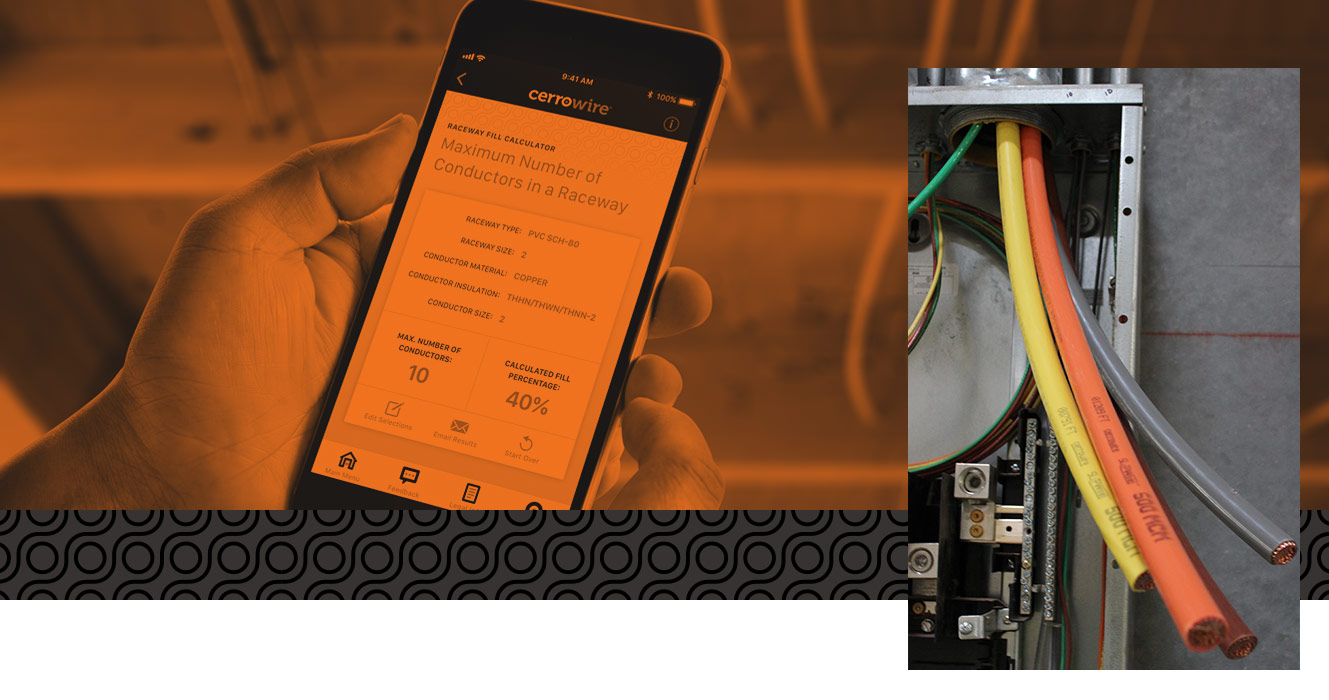I'm glad your friend doesn't need to do any of the things I've suggested but that's his choice. If he doesn't mind running his batteries down by unnecessarily doing something as simple as pre chilling his refer and beer. fine. The suggestions I've made are ,as far as I'm concerned, are sound and will insure his batteries don't get unnecessarily abused. There's many ways to approach solarizing an RV and I would prefer, and suggest, a method that doesn't ride the knife edge of having enough charging ability or not.
And sure it's best to pre-cool stuff before camping, but obviously that's not always possible, nor is it necessary.
I would prefer, and suggest, a method that doesn't ride the knife edge of having enough charging ability or not.


Leave a comment: